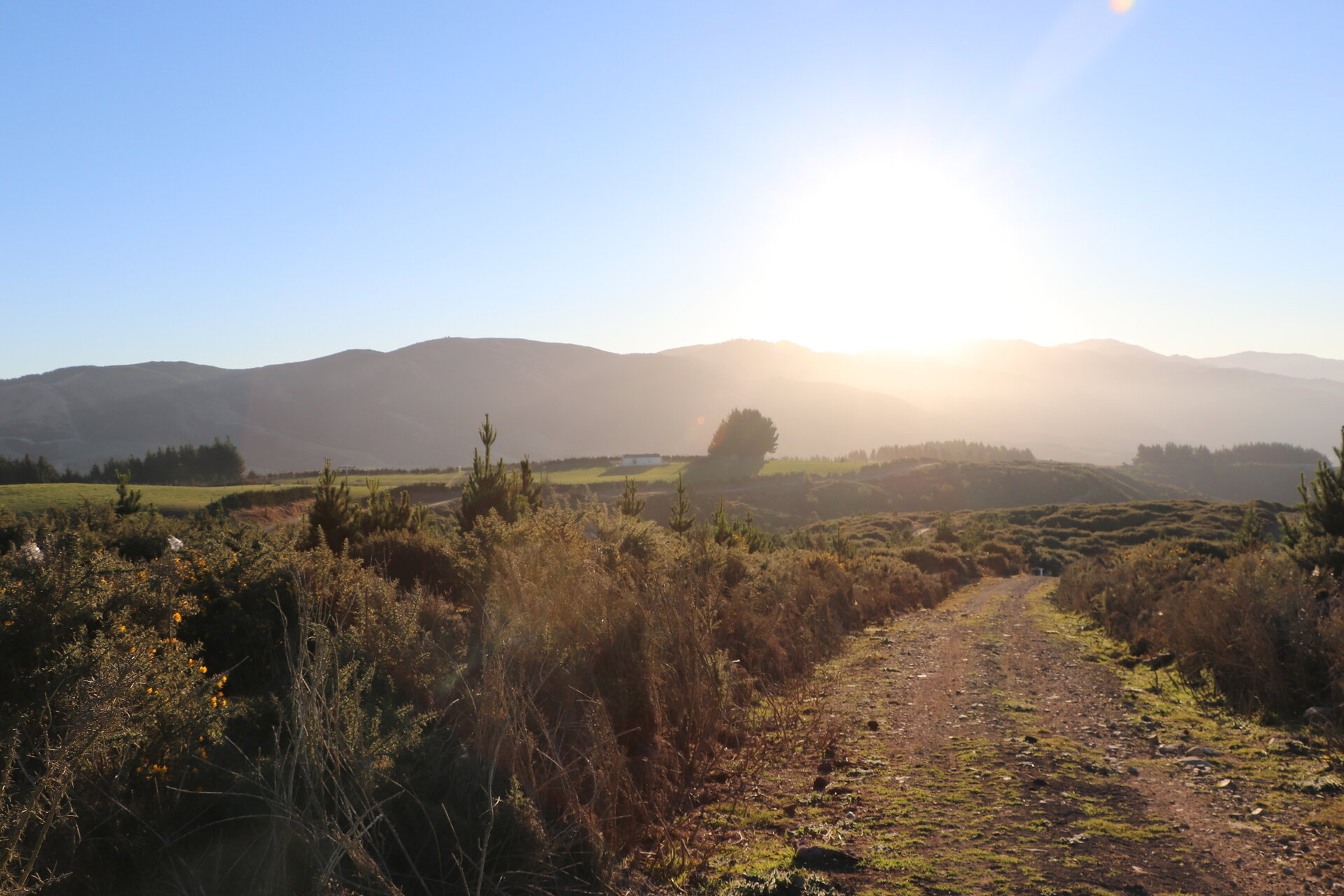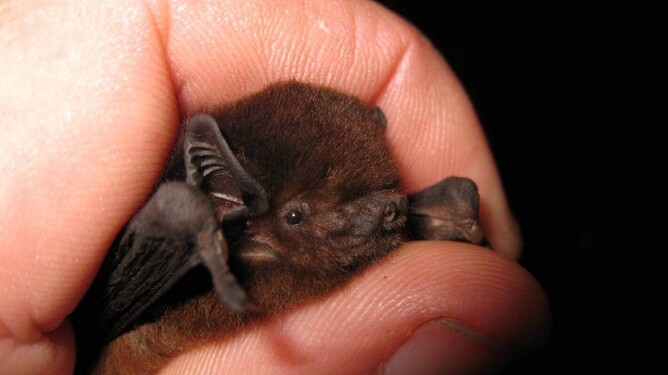Long Tailed Bats - Pekapeka - in South Canterbury
We were delighted to welcome Robert Carson-Iles, Senior DOC Ranger to the Point Bush Visitor Centre last Saturday (20th May) to talk to us about
Long Tailed bats or Pekapeka in South Canterbury. Whilst most of us know there are bats somewhere around....many of us have little knowledge of these precious, critically endangered mammalians! Yes...they are mammals, despite being voted "New Zealand's Bird of the Year" in 2021!
To demonstrate just how "feather weight" in size they are, Rob handed around a "fabric bat", less than the size of a ping pong ball and weighing only 9 grams (similar to a $2 coin). Chestnut brown in colour, small ears and with a long tail connected by a patygium to its hind legs, (this feature distinguishes it from the other NZ species - the short tailed bat). They are FAST and can fly at 60 kilometres per hour and can cover a very large home range (100 km2). The best time to try and observe them is at dusk when they emerge from their roosts to go "hawking" catching insects on the wing....flies, moths and beetles.
Their echolocation (calls) include a relatively low frequency component as we heard on a recording Rob had obtained and played for us. (in general their calls are outside of our range of hearing. Some social calls can be heard. The calls I played for you were echo location calls made audible for us by using a bat detector).
Their preference is for roosting in large old host trees (including willows)..seeking out ones that provide
steady even temperature, as they disliked being subjected to varying temperatures.
Females can reproduce after their first year and give birth at age 2 or 3 to a single pup
during the NZ summer months (December-January).
Females provide sole care for their young, gathering other females to form
"Maternity Roosts"; roosts comprising a considerable numbers of females with a few males and non re-productive females . These maternity sub-colonies move to new trees almost daily, often breaking apart to form smaller groups or forming larger groups.
They need a lot of roosts. Pups fledge about 40 days after birth and are likely weaned within 10 days of fledging.
Natural bat roosts are scattered across South Canterbury especially around Pleasant Point, Geraldine, Kakahua and the Opihi. DOC is currently engaged in providing roosting houses on repurposed telephone poles to counter the loss of natural tree habitat with logging and land clearance in the region.
"We are trying to provide the bats with alternative habitat for roosting so that they can persist while community and agency plantings grow to sufficient size. This work builds on plantings, predator control, population monitoring and habitat protection carried out by local landowners and agencies all with the goal of protecting pekapeka in South Canterbury. At present there are two sites each with 15 wooden poles with each pole having 3 to 4 roosting boxes mounted on them.
Rob demonstrated his "bat catcher" that was portable and impressive (does not injure or harm bats)
who are then carefully handled and fitted with a radio tracking device the size of a minute hearing aid battery. The DOC Rangers are then able to track those fitted with devices and use infra red to video and track movements.
"Patience and Persistence"! Was how Rob summed it up!
- Long tailed bats one of two bat species in New Zealand
- Nationally critical (next stop extinction)
- New Zealand's only native Mammal
- Can live up to 20+ years
- Can fly up to 60 kph
- Roost in trees + need new roosts every 2-3 days
- Weigh 9g ($2 coin)
- Feed only on insects they catch in flight at night
- Can eat up to 1000 insects per hour
- Edge foragers
- South Canterbury only place on East Coast of South Island they are found
Probably the best time to try and observe bats would be in Spring time (could just say warmer months) and at dusk time.
If you do discover bats in your area I'm sure Rob would love to hear from you.
Preserving as many old host trees in the region would also be beneficial (yes and also planting new trees is good + can also do predator control and keep domestic cats inside at night if you are in bat area)

